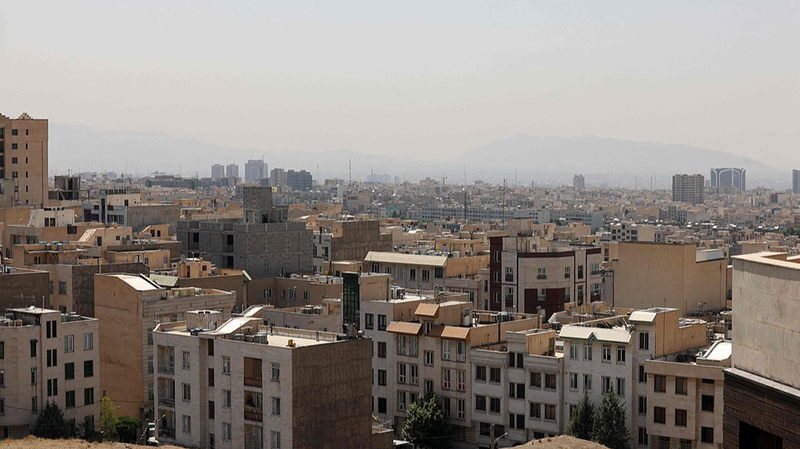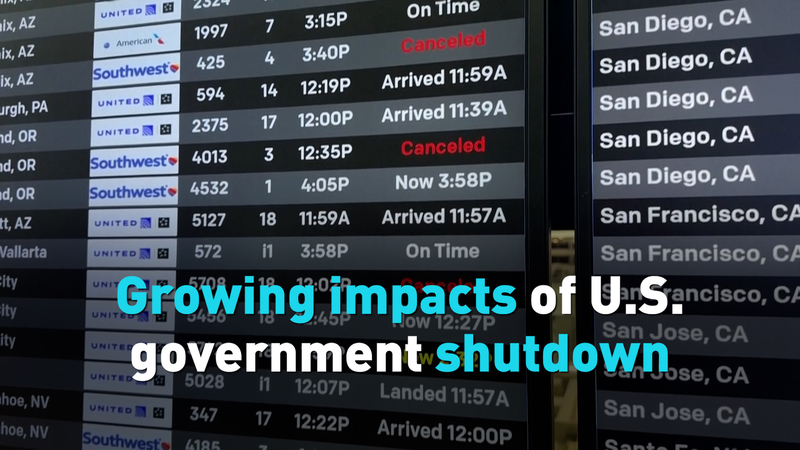When U.S. warplanes struck Iranian nuclear sites on June 13, alarms blared across major cities—but daily life, it turns out, hardly skipped a beat.
Mehdi Latifi, political analyst and former IRGC advisor, says that in Tehran and cities like Mashhad and Isfahan, life has largely continued as normal. Most shops remain open, and although many choose to stay home at night, widespread sheltering has not materialized.
Swift government measures have kept critical services online: electricity, internet and public transport are running smoothly. Even after reports of hospital bombings in Kermanshah and Tehran, emergency teams restored operations within hours. Occasional network slowdowns have been patched up, keeping students and remote workers connected.
But beneath the calm, diplomacy has hit a dead end. Iran’s brief return to talks with European intermediaries fell apart when the U.S., with Israel’s backing, bombed nuclear facilities mid-negotiation. According to Latifi, this move has shattered any remaining trust in U.S. diplomacy and undermined international law.
Then there is the human toll: missing scholars like Dr. Mohammad Mehdi Tehranchi, a leading electromagnetism expert and president of Islamic Azad University, represent more than individual losses. Latifi notes that these scientists trained thousands of young researchers, proving that knowledge cannot be destroyed by bombs.
For young global citizens, Iran’s story is a powerful example of resilience and a warning about diplomacy’s fragility. As communities adapt and rebuild, the question remains: how close are we to the brink?
Reference(s):
cgtn.com


